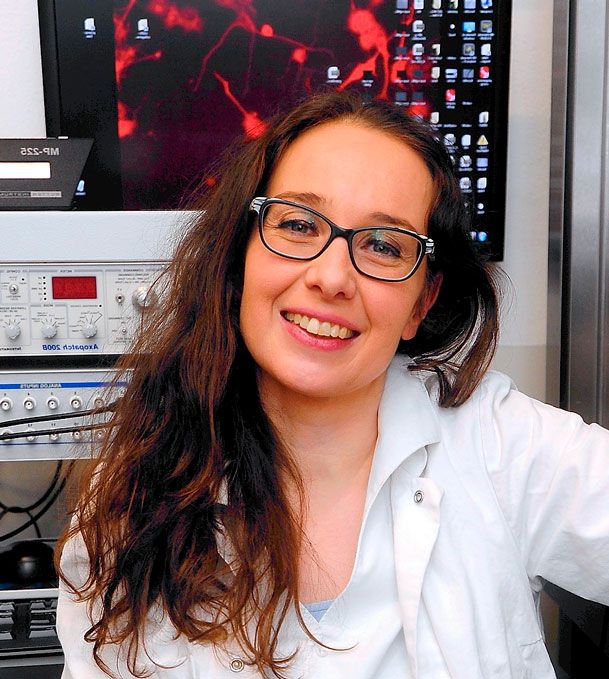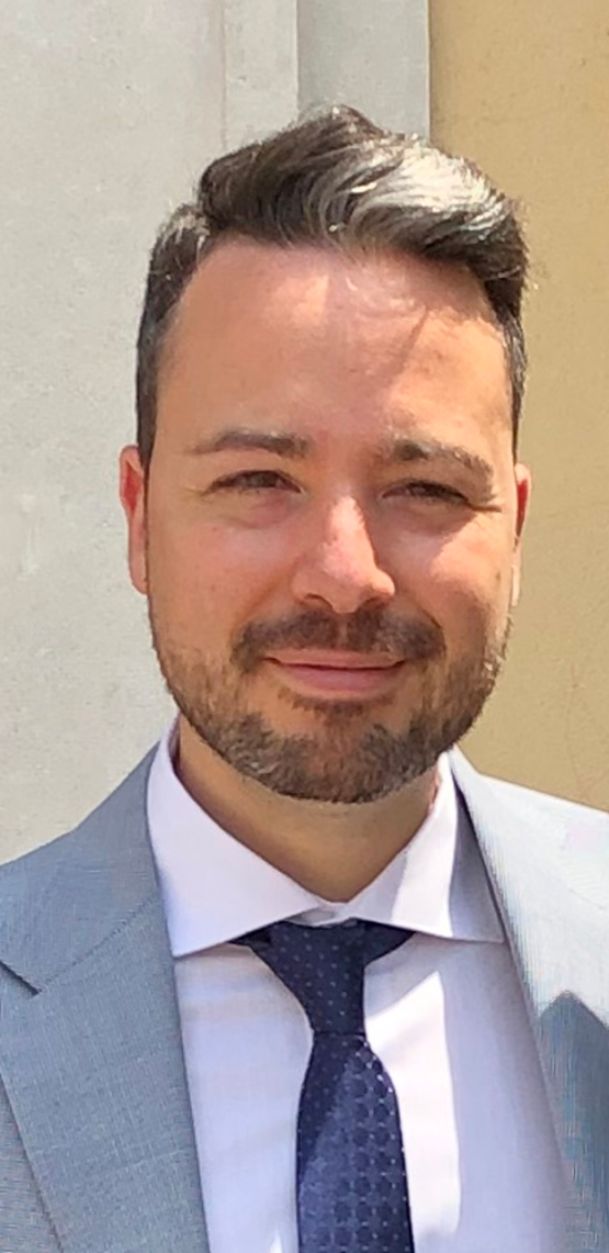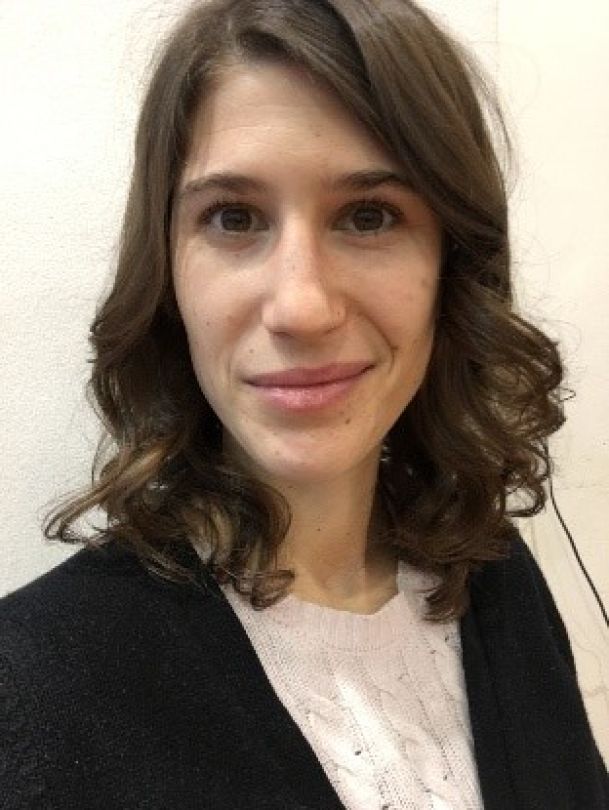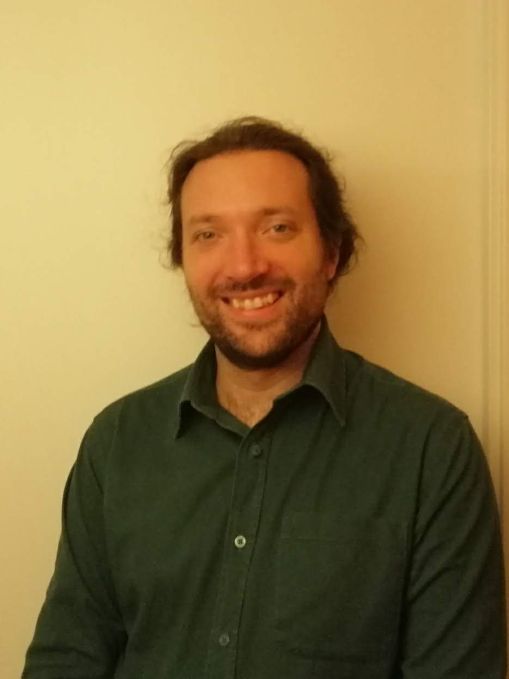IIT Partecipants

Maria Rosa Antognazza
Maria Rosa Antognazza (Coordinator) is a physicist by background and currently works as a researcher at IIT. She set up and manages the ‘Opto-cell facility’ at IIT-CNST, and developed in the latest years huge experience in the characterization and implementation of bio-polymer interfaces, studied by optical, electronic, photo-electrochemical, ion imaging and electrophysiology techniques.
Her main research interests are in the emerging field of organic bio-electronics, and concern the realization, implementation and characterization of hybrid interfaces for applications in neuroscience and life sciences. +60 publications in high rate journals, h-index 21, >1200 citations (Scopus), 4 patents. > 40 Invited talks at international conferences and schools.
She recently acted as the Coordinator of a FET European Project (PHOCS) and a national project (ON-IRIS, Cariplo foundation), and she participated as unit PI to several European and National projects. In 2018 she was awarded with an ERC Starting Grant (LINCE).

Gabriele Tullii
Dr Tullii received the Master’s degree in Materials Science in 2013 at University of Milano-Bicocca and started the PhD course in Physics in 2014 at Politecnico di Milano. His main PhD research topic concerned the study of the conjugated polymers-mediated optical excitation of living cells, focusing both on the fabrication, morphological and electrochemical characterization of materials and on the study of the electrophysiological properties of living cells plated on the devices. After receiving the PhD degree (cum laude) in 2019, He joined the Istituto di Scienze e Tecnologie Chimiche Giulio Natta (SCITEC) of the National Research Council (CNR) as a Postdoc researcher. During this period, he was involved in the MIUR-PRIN2015 project “LIFE”, working on the fabrication and morphological characterization of micro/nanopatterned polymer-based substrates for Surface Enhanced Raman Spectroscopy (SERS) applications. He joined the LION-HEARTED project at the Centre of Nanoscience and Technology of the Istituto Italiano di Tecnologia (IIT) in 2020 as a junior PostDoc.

Camilla Marzuoli
Camilla Marzuoli is a PhD student in Physics at Politecnico di Milano.
She graduated cum laude in Physics at Università Cattolica del Sacro Cuore in Brescia, discussing a thesis concerning the development and characterization of electronic noses based on functionalized graphene. Applications of this work were mainly in the field of volatolomics and environmental monitoring applications.
In November 2020 she joined the LION-HEARTED project at the Center for Nanoscience and Technology of IIT in Milan. She is working in the field of Bio-Organic Electronics. Her project focuses on chemical/physical characterization of bio-hybrid interfaces and optimization of phototransduction processes, aiming at an efficient optical modulation of endothelial progenitor cells and cardiomyocytes derived from human induced pluripotent stem cells.

Carlotta Ronchi
Carlotta Ronchi graduated in Biology in 2012 at the University of Milano-Bicocca. She obtained the PhD in Biology in 2016 in the Cardiac Electrophysiology laboratory in the Department of Biotechnology and Biosciences, where she developed a strong knowledge of cardiac electrophysiology in healthy and pathological cardiomyocytes.
During the postdoctoral fellow, her research was focused on the characterization of patient-specific induced pluripotent stem cell-derived cardiomyocytes carrying mutations associated with rare malignant cardiomyopathies or congenital cardiac arrhythmias. She also investigated the pharmacological and pathophysiological modulation of protein interaction in cardiac ventricular myocytes to identify novel compounds for the treatment of heart failure.
In 2020, she moved to the Antognazza’s laboratory as postdoctoral fellow in the Centre of Nanoscience and Technology of the Istituto Italiano di Tecnologia (IIT) and she joined the LION-HEARTED project. She currently investigate the use of light-activated organic semiconductors for biological applications, with a specific interest in exploring their potential applications in the cardiovascular field.

